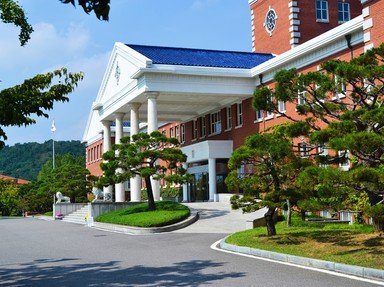Quiz Answer Key and Fun Facts
1. This college, Cambridge's first, was founded in 1284 by Hugo de Balsham, Bishop of Ely, more than 50 years after the university as a whole.
2. Home to one of Cambridge's most famous buildings, King Henry VI founded this college to take students from the school he had previously founded at Eton.
3. William Bateman, the Bishop of Norwich, founded this college in the wake of the deaths of hundreds of his priests in the Black Death.
4. This college was founded twice, once by the wife of King Henry VI and then again by King Edward IV's.
5. Founded in 1869 by a group of women, including Emily Davies and Barbara Bodichon, with the aim of giving female students the opportunity to attend Cambridge University.
6. King Henry VIII founded this college shortly after the Dissolution of the Monasteries by merging the former colleges of Michaelhouse and King's Hall.
7. Founded by the Duke of Norfolk and Baron von Hügel in 1896 to house Roman Catholic students, this institution only gained full Cambridge college status in 1996.
8. A trust chaired by a former Prime Minister was responsible for founding this science and engineering-focused college, which received its Royal Charter in 1960.
9. This college was founded by Lady Margaret Beaufort but didn't come into existence until several years after her death as she didn't get round to providing for it in her will.
10. This college was founded using money bequeathed by the grandson of the man who gave his name to the UK Prime Minister's official residence.
Source: Author
Fifiona81
This quiz was reviewed by FunTrivia editor
stedman before going online.
Any errors found in FunTrivia content are routinely corrected through our feedback system.
